BITS BLOG
How Artificial Intelligence Is Reshaping Both Sides of the Cybersecurity Battlefield
And what your business needs to know right now
Artificial intelligence is rapidly transforming cybersecurity. From autonomous threat detection to AI-generated malware, the technology is being used to both defend and attack faster than most companies can adapt.
The question for business leaders is no longer, “Should we use AI?”
It is, “Are we prepared for how AI will be used against us?”
In this article, we break down the dual nature of AI in cybersecurity and offer a clear view of how to leverage it responsibly while protecting your organization from the growing number of AI-powered threats.
AI as a Tool: What It Is Doing for Defenders
AI is already strengthening cybersecurity programs in meaningful ways. When deployed correctly, it can:
1. Accelerate Threat Detection and Response
AI-driven systems can analyze massive volumes of logs, traffic, and user behavior in real time. This significantly reduces the time it takes to detect anomalies and begin responding to potential threats.
2. Support Security Automation
Security Orchestration, Automation, and Response (SOAR) platforms use AI to automate repetitive tasks such as quarantining devices, triaging alerts, and enforcing policies.
3. Improve Identity and Access Intelligence
AI helps detect identity misuse, flag irregular access behavior, and improve adaptive access governance.
4. Enhance Risk Scoring and Prioritization
AI enables smarter asset risk profiling by correlating configuration issues, threat intelligence, and exploitability.
5. Deliver Faster Insights to Security Teams
AI assistants and copilots support junior analysts by interpreting telemetry data and recommending next steps.
In short, AI allows security teams to do more with fewer resources. This is especially important for SMBs and organizations facing cybersecurity staffing shortages.
AI as a Threat: What Attackers Are Already Doing
Unfortunately, attackers have the same access to AI and are using it to scale and sharpen their tactics. Here is how they are doing it:
1. Phishing at Scale
AI can generate highly convincing phishing emails tailored to specific individuals and written in native-sounding language. Some attackers even use AI to mimic the writing style of real employees.
2. Prompt Injection and LLM Exploits
Public-facing AI tools are vulnerable to prompt injection, where malicious inputs are used to bypass controls or extract sensitive data.
3. Deepfakes and Voice Spoofing
Synthetic voice and video tools are now realistic enough to trick employees into granting access, approving payments, or exposing sensitive information.
4. Malware Generation and Evasion
Tools like WormGPT and FraudGPT are being used to create malware that adapts to avoid detection by security tools.
5. Reconnaissance and Target Selection
AI models can scan public data for exploitable misconfigurations, weak authentication, and high-value targets with minimal human oversight.
How to Respond Strategically
Instead of reacting with fear, business leaders should focus on three core actions:
1. Strengthen Role-Based and Risk-Based Controls
AI-driven threats increase the urgency of foundational security practices such as data classification, access control, change tracking, and response planning. Many mid-market companies are still working to mature these areas.
2. Review Your Use of AI Internally
Audit any AI tools in use across the organization. Make sure sensitive data is not being processed by public models and that internal tools are governed by identity and access controls.
3. Align Security Investment With Business Risk
This is not the time to chase hype. Focus on visibility, scalable controls, and metrics that reflect actual business exposure. BITS Cyber provides frameworks that turn cybersecurity decisions into strategic outcomes.
Final Thought
AI is not inherently good or bad. It is powerful.
For defenders, it enhances speed, efficiency, and visibility.
For attackers, it creates new opportunities to scale and automate disruption.
The real question is not whether your business uses AI.
It is whether your business is prepared for how others will use it against you.
- At BITS Cyber, we help organizations use AI responsibly while building the operational resilience required to face today’s evolving threats with confidence.
